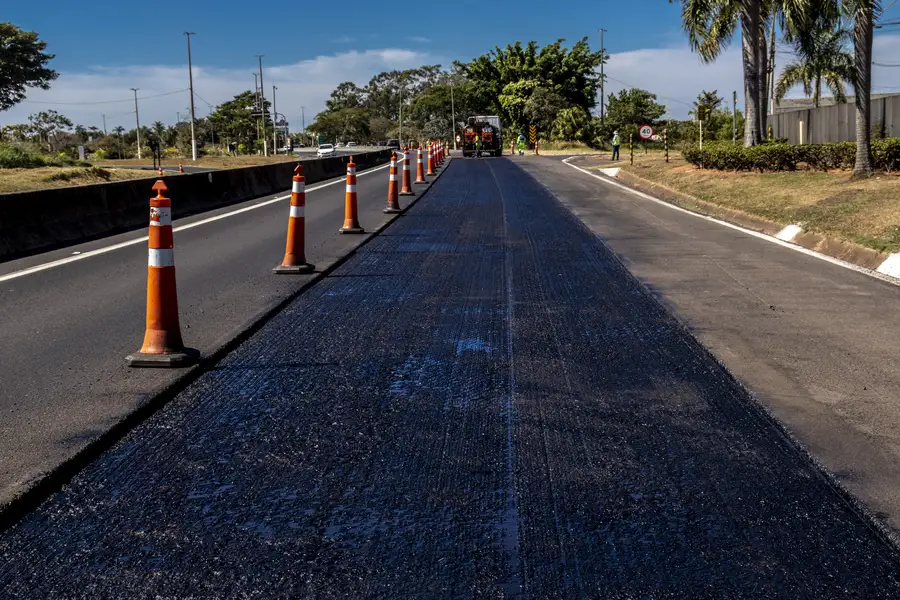Understanding the Key Steps and Benefits of This Process
Asphalt resurfacing involves a series of planned steps designed to restore driveways, parking lots, and roads. This process is critical for maintaining safe and smooth surfaces. Through asphalt resurfacing, you can address surface damages efficiently without completely replacing the pavement. It ensures that your property’s surfaces remain functional and visually appealing. In this guide, we will break down each step of the process and discuss its importance.

Initial Assessment and Planning
The first step in the process is assessing the current condition of the pavement. Experts inspect the area to identify all visible damage. They look for cracks, potholes, and drainage issues. Once they complete this assessment, they can plan the best approach to resurfacing. This stage ensures that all necessary repairs are accounted for before work begins.
Cleaning and Preparation
Before starting asphalt resurfacing, it’s essential to clean the surface thoroughly. Debris, dirt, and loose materials are removed to ensure proper adhesion of new layers. Preparing the site might also involve minor repairs like filling small cracks or fixing potholes. Proper preparation extends the life of the new surface by ensuring it sticks well to the existing layer.
Repairing Major Damage
If there are large issues such as significant potholes or deep cracks, these need addressing before laying new material. Repairing major damage involves using special equipment to fix these areas properly. Techniques vary based on the extent of damage but may include cutting out damaged sections and filling them with new asphalt.
Laying New Asphalt Layer
Once repairs are complete, a new layer of asphalt can be applied. It’s spread evenly across the prepared surface to create a smooth finish. The thickness of this layer depends on traffic patterns and specific requirements of the space. Laying fresh asphalt correctly is crucial for durability and appearance.
Compaction for Stability
After applying the new layer, compacting it is vital to achieve stability and longevity. Specialized machinery presses down the material to remove air pockets and ensure tight bonding between layers. Compaction enhances load-bearing capacity, making it suitable for various applications from walkways to high-traffic roads.
Curing and Final Inspection
Finally, the newly laid surface needs time to cure properly. During curing, it’s important to limit heavy traffic until full strength is reached. A final inspection checks the quality of work and confirms that all standards are met. This step ensures customer satisfaction and long-term performance.
Why Choose Professional Services?
Hiring professionals for projects like this offers numerous benefits. They bring expertise, knowledge, and specialized tools needed for successful completion. With their skills, you avoid common pitfalls and achieve optimal results quickly and efficiently.
- Ensures adherence to safety regulations
- Guarantees high-quality workmanship
- Saves time and resources by avoiding costly mistakes

Contact Us for Expert Solutions
We recommend partnering with experienced professionals who understand every aspect of maintaining surfaces effectively. Located in Memphis, TN, our team at Town & Country Asphalt Paving specializes in delivering quality solutions tailored to your needs. Call us today at (901) 267-6909 for expert advice and services that enhance your property’s appeal.